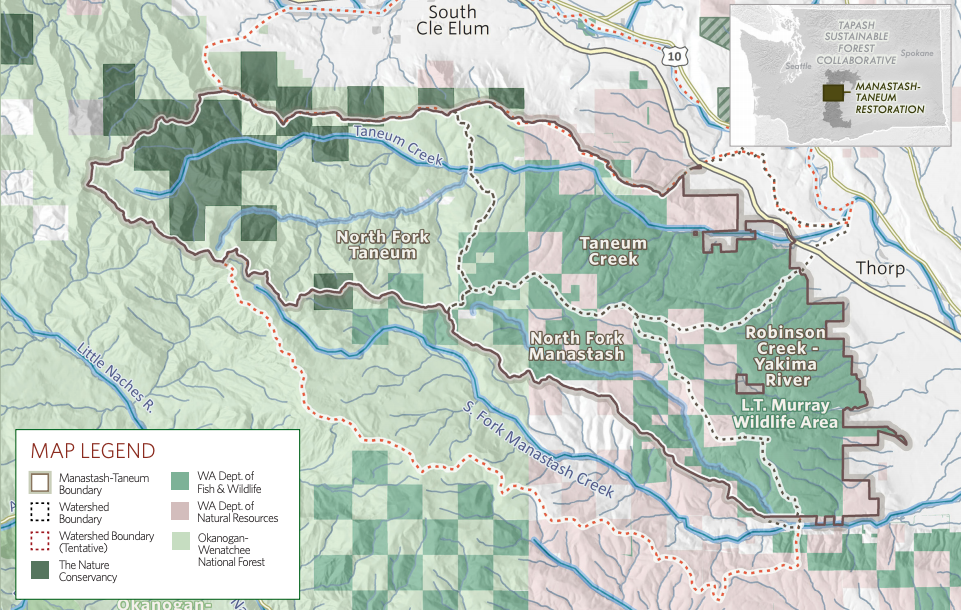
Background
Within the eastern Cascades, the challenges currently facing our forested ecosystems from past management and future climate change have prompted a wide-scale shift in land management to focus on ecological restoration. Solutions to these issues are at a scale that transcends ownership boundaries. The Tapash Collaborative partners have evaluated priority areas across the 2.3 million acre Tapash landscape and in 2014 identified watersheds within the Manastash-Taneum landscape as a priority for restoration treatments. In the fall of that year, the Tapash Collaborative launched the Manastash-Taneum Resilient Landscape Restoration Project (MTRL-RP) as a flagship effort to demonstrate cross-ownership, integrated terrestrial and aquatic landscape-scale ecosystem restoration that benefit people and nature.
This is a 90,000-acre landscape that includes ownership by WDNR, WDFW, USFS, and now TNC (formerly Plum Creek Timberlands). The landscape transitions from shrub-steppe foothills to dry ponderosa pine forests to dry mixed conifer forest in lowlands and moist mixed conifer forest in the higher elevations and is home to several listed species including Northern Spotted Owl, Steelhead, and bull trout.
Project Objectives
Following the Okanogan-Wenatchee Restoration Strategy, a landscape evaluation was completed in early 2015 followed by a series of land manager workshops and field tours to discuss priority areas based on the evaluation and the aquatic and terrestrial objectives agreed to by partners at the onset of planning. In 2016, Haugo et al. completed the MTRL-RP Landscape Evaluations and Prescriptions to set collaborative restoration goals. The objective is to “restore the resiliency of forest and aquatic ecosystems in order to continue providing critical fish and wildlife habitat and ecosystem services while reducing the risk of catastrophic fire to local communities in the face of a warming climate.” The best available science is used to balance ecological objectives with economic viability, produce commercial timber products where possible, and maintain sustainable recreational opportunities.
Partnerships, Funding, and Community Support
The 78,650 acre project includes lands managed by the State Dept. of Fish and Wildlife, State Dept. of Natural Resources, The Nature Conservancy, USDA Forest Service, and ceded lands of the Yakama Nation. Key partners have included: University of Washington, WA Conservation and Science Institute, Stewardship Forestry and Science consultants, the WA Wildlife and Recreation Program, Mid-Columbia Fisheries Enhancement Group, Salmon Recovery Funding Board, and Bonneville Power Administration.
Accomplishments in the Manastash – Taneum Resilient Landscape
The accomplishments achieved through this collaborative effort demonstrate that the goals, objectives, and management strategies used in the MTRL-RP are realistic, and this project is now being used as a role model for the 20-Year Forest Health Strategic Plan for Eastern Washington. The project has been nationally recognized and was honored with the “Leadership in Conservation Award” at the Sustainable Forestry Initiative 2016 Annual Conference.
In addition, project milestones include publication and implementation of: Landscape Evaluations and Prescriptions (Haugo et al. 2016), Landscape Evaluation Field Reconnaissance (Mize et al. 2017), Supplemental Aquatic and Riparian Assessment (Gaines et al. 2017). Used Human Ecology Mapping to better understand recreation and other location-specific activities people care about, interagency team development of effectiveness monitoring protocols, which were included as a chapter in the Draft Environmental Analysis for Taneum Restoration Project that was accomplished by contract for USFS lands (2019).
Restoration goals in the 2016 Landscape Evaluation are actively being realized across all ownerships. Of the 17,600 acres target of forest treatments in the 2016 landscape evaluation, 7,495 acres have been completed to date (Churchill 2019), so as one measure, we’ve come a long way but have more work ahead!
27,400 Acres
analyzed for Draft Environmental Assessment (USFS
Taneum Restoration Project)
7.4 Miles
road treatments (e.g.
culvert replacement, repair,
abandonment, resurfacing)
22,600 Acres
ownership transferred to
consolidate lands for more
efficient management.
78,650 Acres
evaluated in a Human Ecology
Mapping survey to understand
human use and values.
16 Partner Agencies/Orgs
participated in Cascadia
Prescribed Fire Training
Exchange and Ecological
Timber Marking workshop
557 Acres Prescribed Burns
completed across the project area
133,000 Trees Planted
in the project area
1,729 Acres
non-commercial restoration thinning treatments completed in the project area
3,012 Acres
commercial & restoration thinning completed in the project area
1 New Coalition
Established the Kittitas Fire Adapted Communities
5 Stream Miles
and associated floodplain restored by instream wood placement
Want to know more about the Manastash-Taneum?
Check out the links below!
Project Images
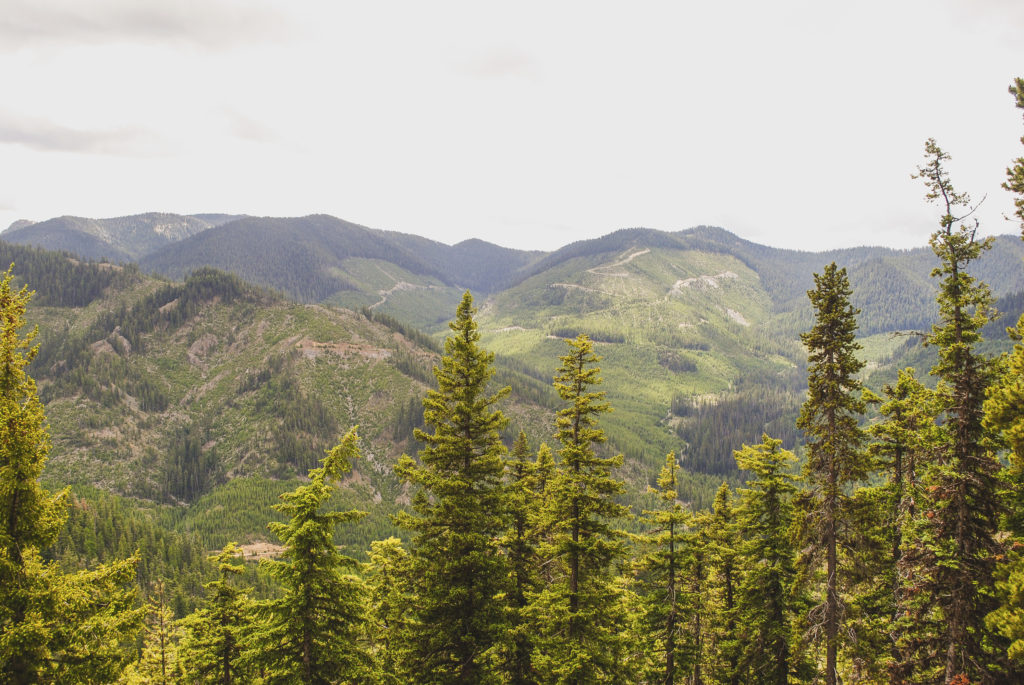
The Nature Conservancy (Zoe van Duivenbode). 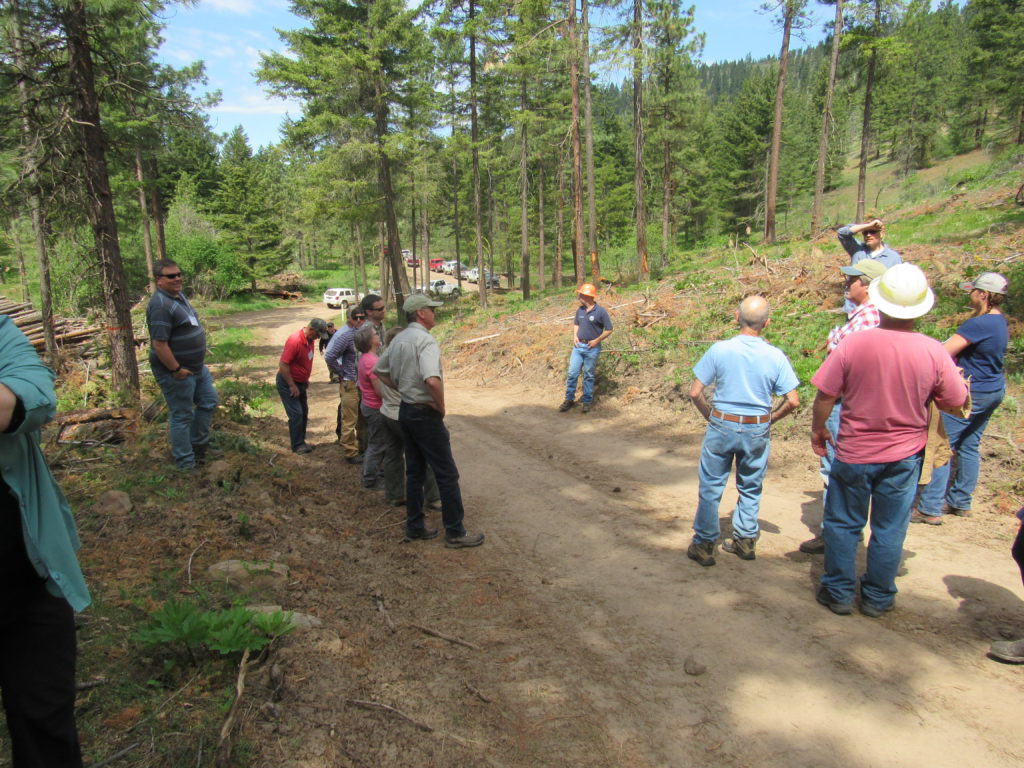
Washington Resource Conservation and Development Council 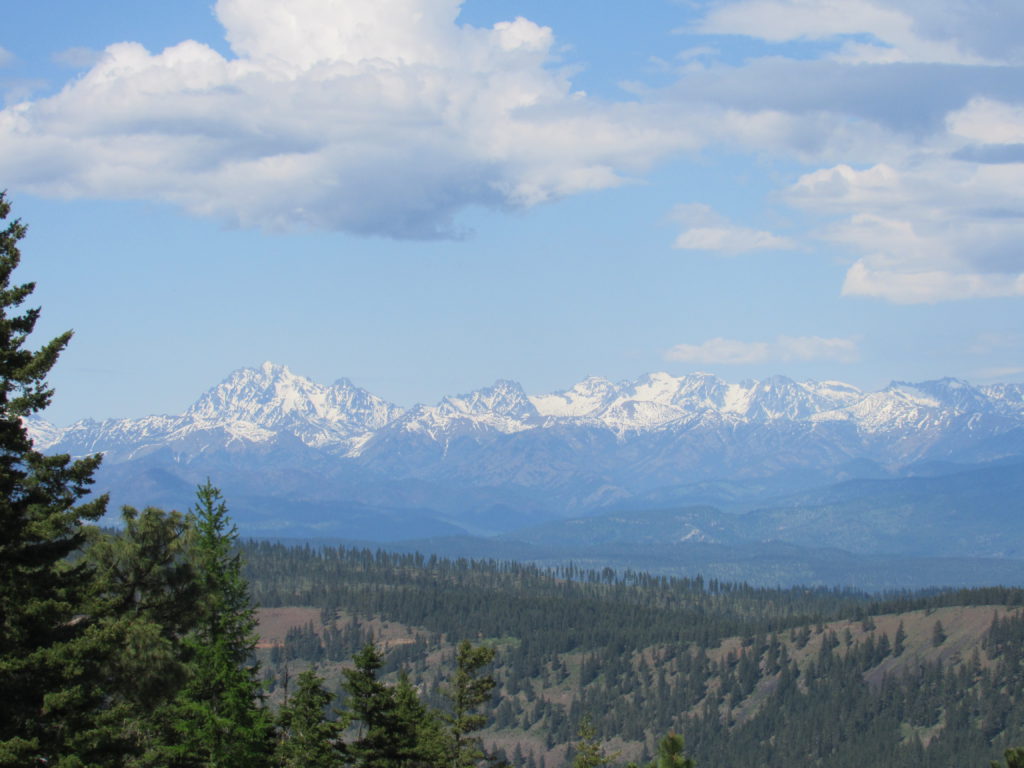
Washington Resource Conservation and Development Council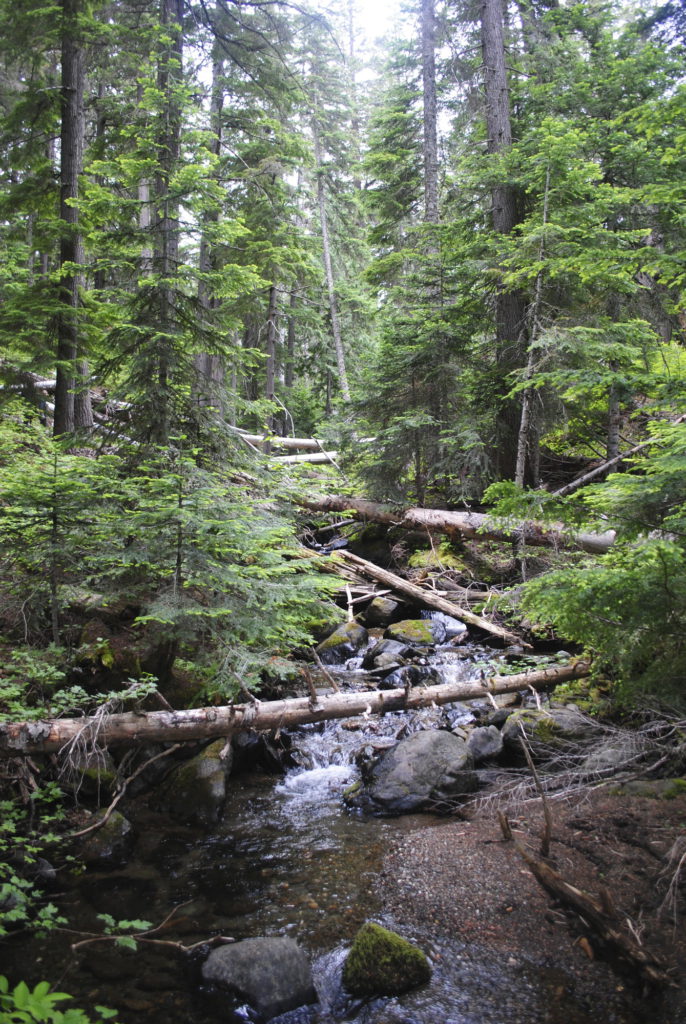
Photo by The Nature Conservancy (Zoe van Duivenbode). 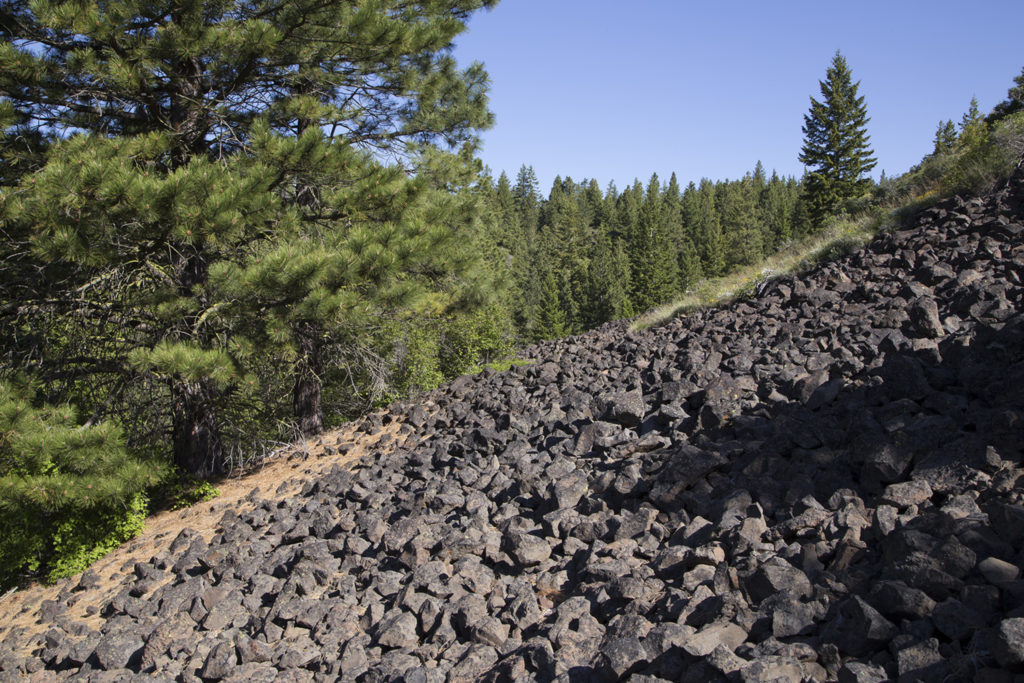
Copyright 2014 John F Marshall 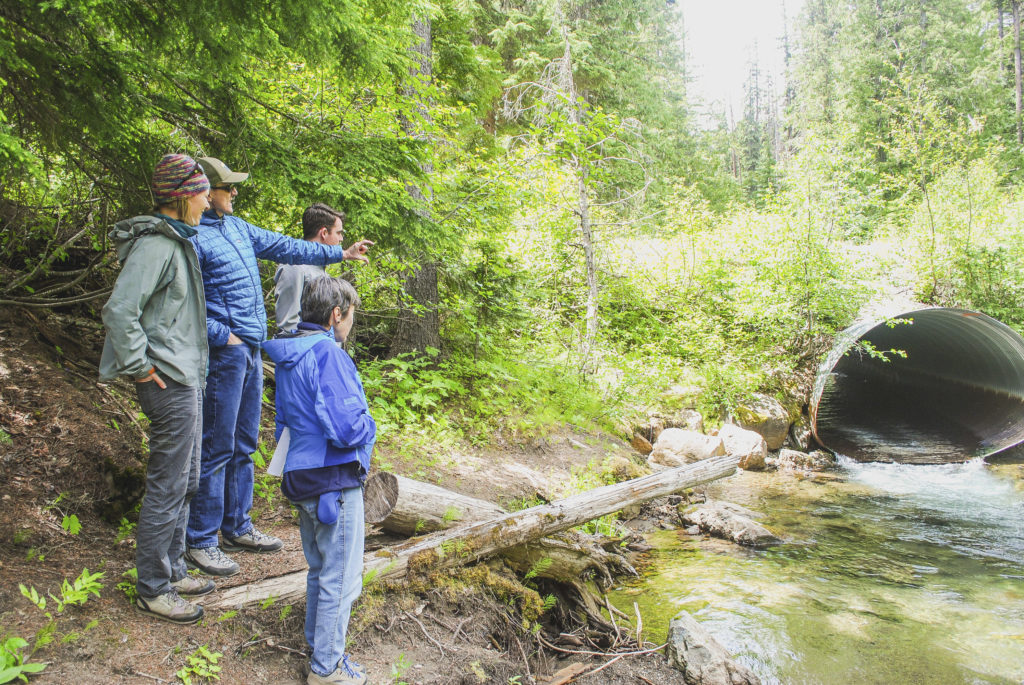
Photo by The Nature Conservancy (Zoe van Duivenbode). 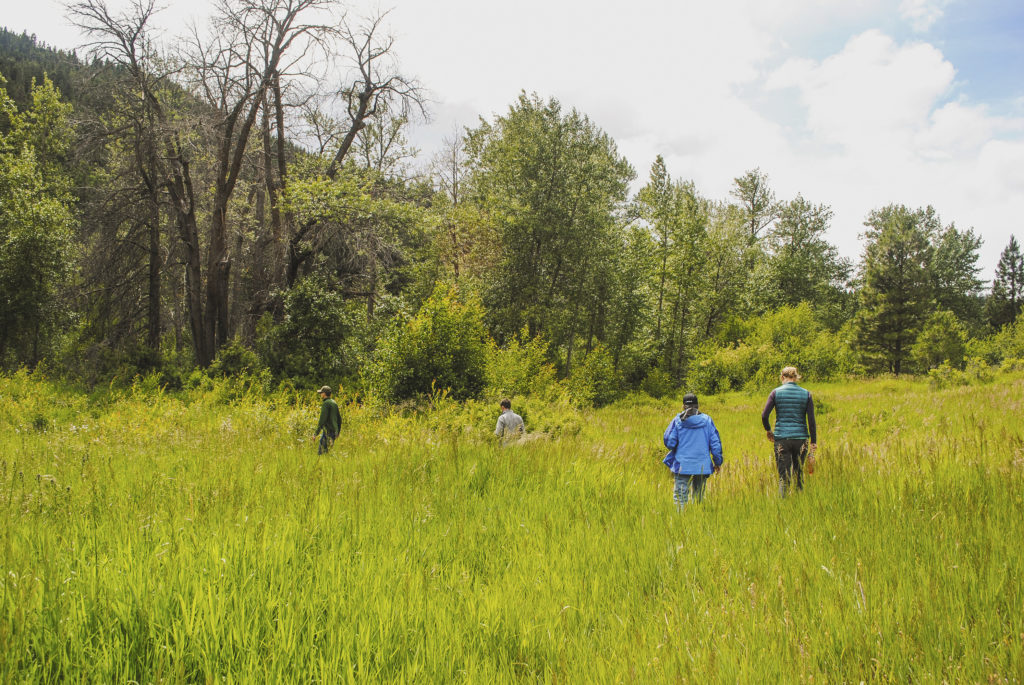
Photo by The Nature Conservancy (Zoe van Duivenbode). 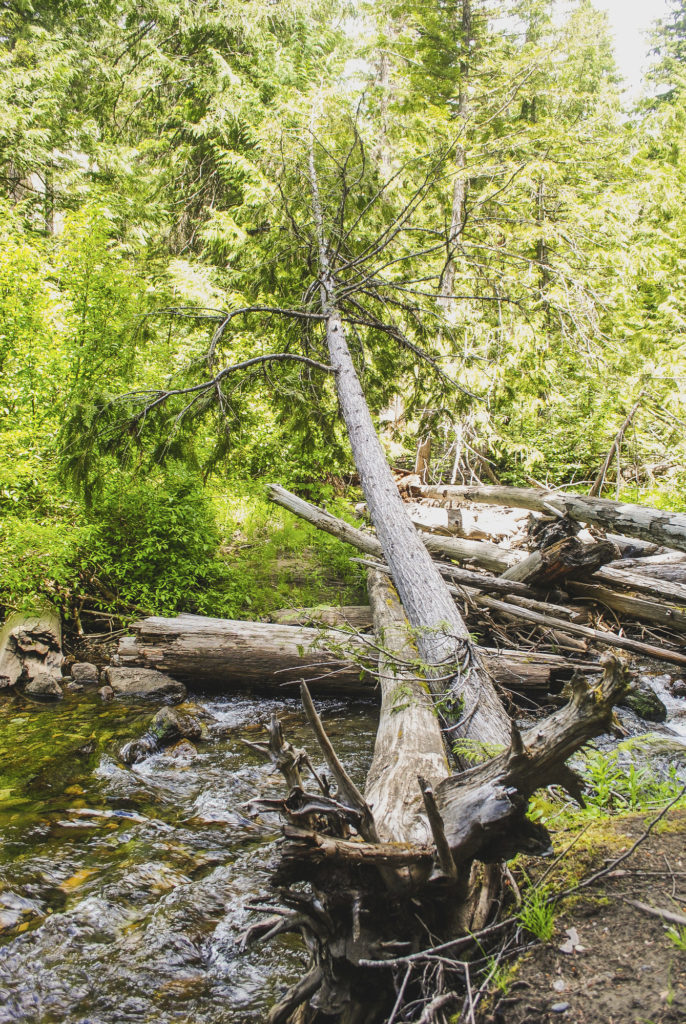
Photo by The Nature Conservancy (Zoe van Duivenbode). 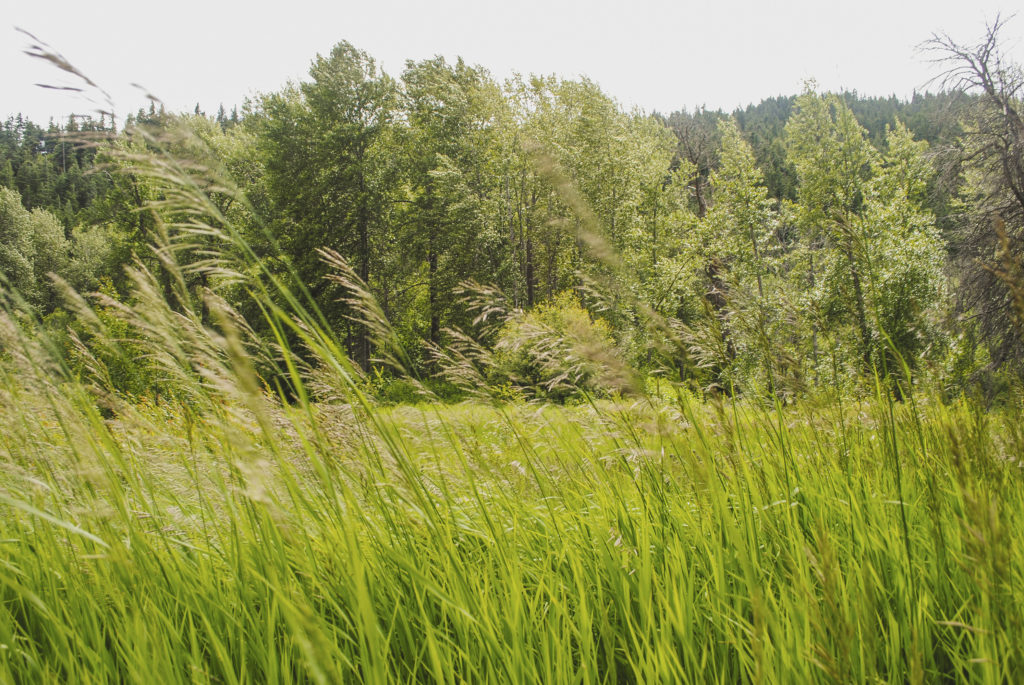
Photo by The Nature Conservancy (Zoe van Duivenbode).
